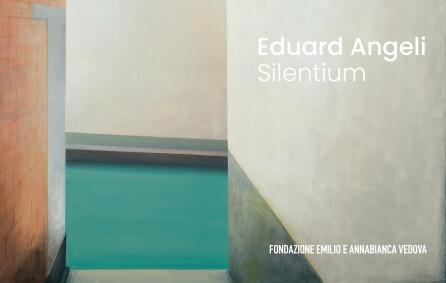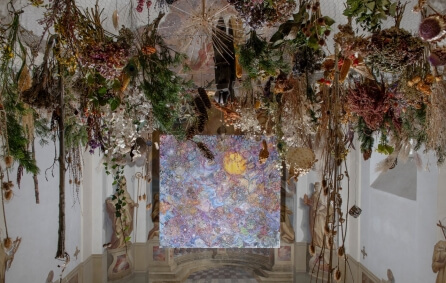
Emil Rizek
The following artworks are for sale

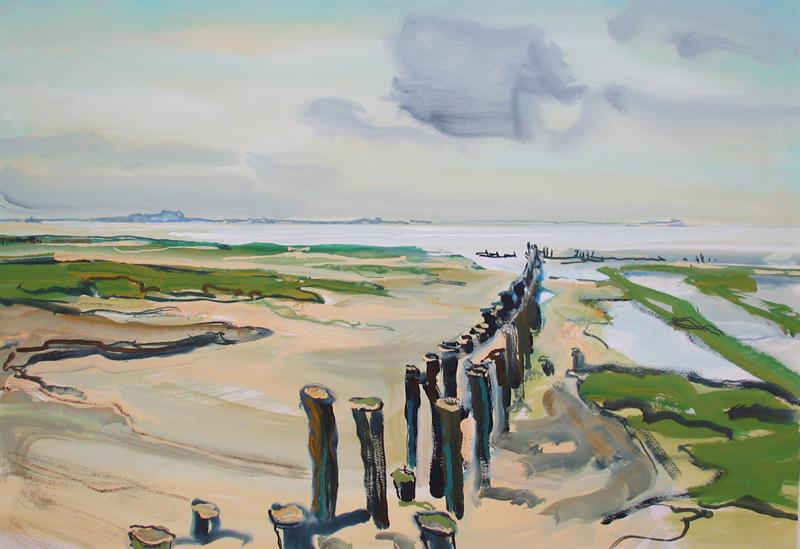
Rizek Emil Norderney around 1968
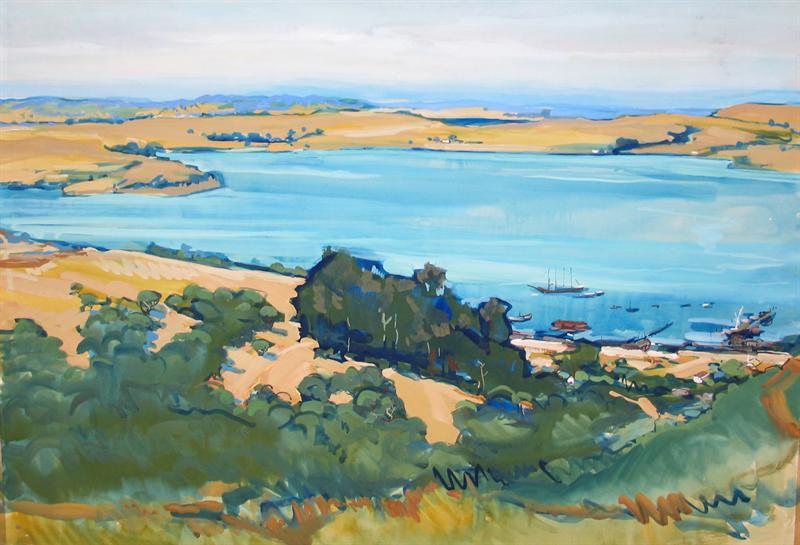
Rizek Emil Vancouver Island Canada 1932/33
Biography
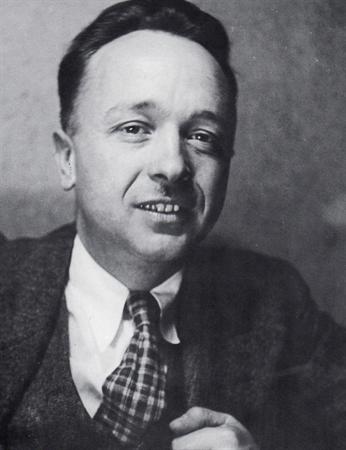
Emil Rizek, 1901 geboren, sollte eigentlich als Elektrotechniker in den väterlichen Betrieb einsteigen. Seinem Talent folgend nahm er Malunterricht bei Anton Hlavacek. Wegweisend für seine weitere Laufbahn war die Begegnung mit Carl Fahringer im Jahr 1923. Von diesem angeregt unternahm Emil Rizek seine ersten Reisen. Die Lust auf fremde Länder sollte ihn ein Leben lang begleiten und führte ihn unter anderem nach Indonesien, Japan, Südafrika und bis nach Hawaii. In Amerika lernte er seine erste Frau Dorothy Risdale Grove kennen. Er kehrte zwar immer wieder in seine Heimat Österreich zurück, die künstlerische Anerkennung und die Möglichkeit, seine Bilder einem breiteren Publikum zu präsentieren, bot sich Emil Rizek aber zunächst hauptsächlich im Ausland. Erst nach dem Zweiten Weltkrieg gelang es ihm, durch eine Anstellung den finanziellen Rückhalt für seine Familie zu schaffen und auf zahlreichen Ausstellungen seine Werke zu zeigen. 1960 wurde sein Oeuvre in einer großen Retrospektive im Wiener Künstlerhaus gewürdigt. In der Folge wurde ihm der Professorentitel verliehen. 1965 erhielt Emil Rizek die Große Goldene Ehrenmedaille des Landesverbandes der Niederösterreichischen Kunstvereine. Der bevorzugte Aufenthaltsort seiner letzten Lebensjahre war Ostfriesland, wo nach seinem Tod 1988 seine Urne vor der Küste des Wattenmeers beigesetzt wurde.
Auf seinen Reisen durch Europa war es in erster Linie Holland und die „Schule von Den Haag“ - als deren Mitglied er sich später bezeichnete – welche Bedeutung für die stilistische Entwicklung von Emil Rizeks Malerei erlangten. Dieses holländische Äquivalent zum französischen Impressionismus kam durch die mehr emotionale und intuitive Malweise der malerischen Auffassung Emil Rizeks sehr entgegen. Die lebendige Tradition der alten Meister verbindet sich in Den Haag mit dem Gefühl für Farbe, Form und Bewegung der französischen Impressionisten. Auch in der Auswahl der Themen aus dem Arbeiter- und Bauernmilieu steht der Künstler in der Kontinuität der niederländischen Genremalerei und der großen französischen Maler des ausgehenden 19. Jahrhunderts: es sind dieselben Themen, die auch Emil Rizek in seinem Werk immer wieder aufgreift – Motive aus dem alltäglichen Leben der Vorstädte, das Treiben in den Straßen, auf den Märkten und Plätzen, im exotischen fernen Osten oder in einer modernen europäischen Großstadt.


